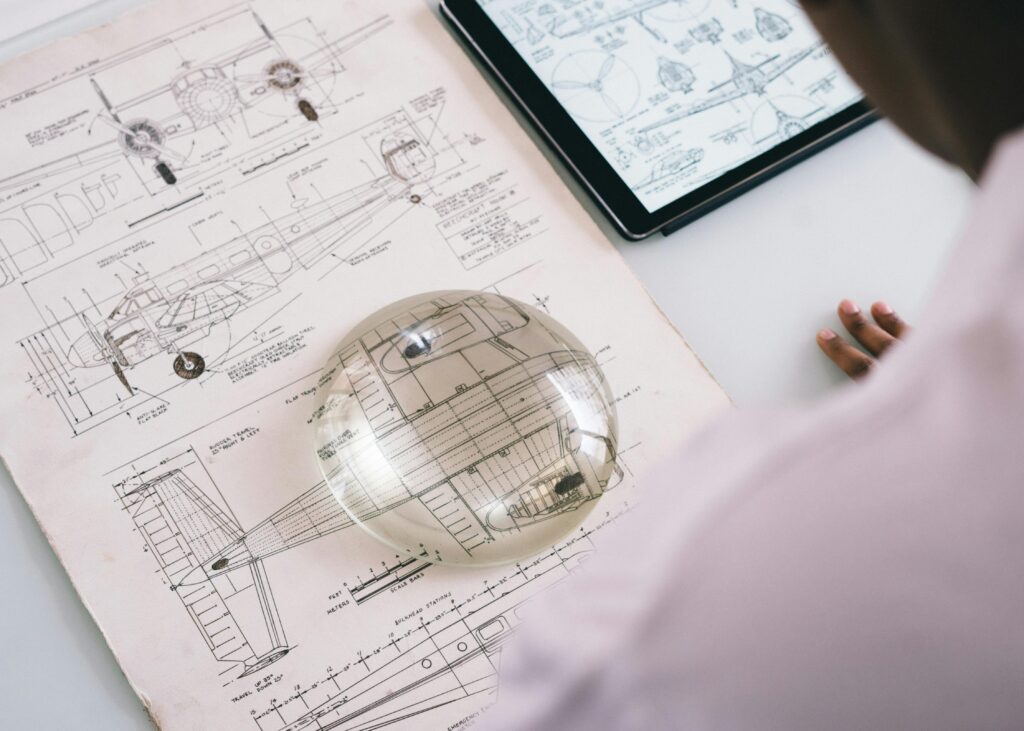Hi all! If you’re interested in the project listed below, please get in touch with me through wassap. Thanks.
The project usually would involve
-
- CAD design and assembly using Solidworks
-
- Machining and fabrication using plasma cutting machine, TIG welding and CNC machine
-
- Electrical and electronic circuit design using Proteus
-
- PLC programming using CX-programmer
-
- Electrical and electronic wiring and testing
-
- Experimental calibration and preliminary testing
-
- Laboratory testing
-
- Actual field test measurement
-
- Programming using Matlab for data analysis
-
- Thesis writing using EndNote
I should say that the following projects are considerably challenging, comparatively difficult, time consuming and rewarding.
2025/2026
Title 1: Mathematical modelling of fluid turbidity based on Fourier optics and Wiener deconvolution for non-contact refractometry measurement of glucose in urine
Project Description 1: Accurate, rapid, and non-invasive measurement of glucose in biological fluids remains a key challenge in biomedical diagnostics. Urine, as a readily available and non-invasive sample, holds promise for glucose monitoring, especially in managing diabetes mellitus. Traditional methods such as biochemical assays or dipsticks often lack sensitivity and require multiple steps. Optical techniques offer high precision and compatibility with non-contact measurements. Refractometry estimates glucose concentration by detecting refractive index (RI) changes. Laser-based, non-contact refractometry methods are ideal for portable and hygienic urine sensing. However, urine turbidity caused by suspended particles like cells and proteins scatters light, distorting optical signals and reducing measurement accuracy. Existing solutions to turbidity-induced distortion involve preprocessing methods like centrifugation or filtering, which compromise the system’s non-contact and real-time benefits. An alternative is computational correction using deconvolution. Among these, Wiener deconvolution stands out for its ability to restore distorted optical signals by minimizing the mean square error between observed and true signals while accounting for noise. The primary research objective is to mathematically model fluid turbidity using Fourier optics and Wiener deconvolution in order to retrieve a more accurate beam profile, thereby improving the reliability of refractive index estimation.
Title 2: Development of an underwater drone equipped with a robust, automatic station-keeping control system for dynamically changing underwater conditions in the Sarawak river
Project Description 2: Underwater drones are increasingly used for real-time operations such as pipeline inspection, wreck exploration, and environmental sampling. However, maintaining precise position control (often referred to as station-keeping) during autonomous seabed landing remains a challenge due to the complex and dynamic underwater environment, including currents, poor visibility, and limited GPS access. Without reliable station-keeping, drones may drift, leading to compromised data quality, inefficient operations, or even collisions with subsea structures. The primary research objective is to design, build and develop an underwater drone equipped with a robust, automatic station-keeping control system capable of operating effectively under the dynamically changing underwater conditions of the Sarawak River.
Title 3: Development of automatic trepanning machine for precise high-speed extraction of fish’s pituitary gland
Project Description 3: The demand for fish has considerably increased in recent years due to population growth and its healthy diet. To increase fish production for sustainable human consumption, natural hormones in the form of pituitary extracts are made by removing the pituitary gland from a fish and extracting the hormones, which may then be injected into another fish. The primary problem is that the conventional method of extracting pituitary gland is time-consuming and inefficient, leading to scarcity of natural hormones as over the-counter injectible spawning aid. Conversely, synthetic hormones are strictly approved for breeding ornamental (pet) fish only but have been irresponsibly used in fish for human consumption which may induce adverse effects on the consumer health. The primary research objective is to design, build and develop an automated trepanning system for precise and high-speed extraction of the pituitary gland from fish.
2024/2025
- Development of vibratory machine for experimental characterisation of recycled glass bricks – Mohamad Syahmizzan
- Development of PLC-controlled shredding machine of recycled glass for green bricks manufacturing – Ten Kim Seng
- Development of motorized PLC-controlled helicograph mechanism for precise liquid dispensing in 2D food printing – Awang Ahmad Tarmizi
2023/2024
2022/2023
-
- Experimental investigation on dispensing characteristics of a PLC-controlled automatic powder dispensing machine – Chong Kok Choong (Chapter 2)
- Development of non-contact ripeness measurement of fresh fruit bunches (FFBs) by laser induced breakdown spectroscopy (LIBS) – Pang Jian Chen (Chapter 2)
- Development of smartphone-based laser glucometer for non-invasive glucose measurement in urine – Badrul Azriel bin Ramlee
2021/2022
-
- Development of low-cost electrical resistance tomography for Ganoderma disease detection in oil palm trunk – Mohamad Amirul Hakimi Bin Mohd Maulana
- Design and manufacture of a mechanical separator for recycling of waste nappies – Muhammad Norman Bin Kamarudin
- Development of passive arm exoskeleton for harvesting of palm oil fruit brunch – Jayson Anak Dean
- Design and manufacture of a mechanical machine for sanitizing soiled nappies – Cezareus Jaujana Anak Philip Tunggok
2020/2021 (online due to covid)
-
- Multiple-objective optimization in laser cutting of carbon/Kevlar hybrid composite by grey relational analysis (GRA) – Mohamad Azren Bin Mohd Firdaus
- Multiple-objective optimization by ratio analysis (MOORA) in laser-assisted machining of stainless steel using sago starch-based cutting fluid – Nur Sofiah Safwanah bt Sofian
2019/2020
-
- Development of flexible microfluidic strain sensor for the applications in badminton sports and rehabilitation – Brenda Santiago Anak Paris
- Development of compact laser glucometer for diabetes screening and monitoring – Mohd Nurul Iman bin Mohd Fouzi
2018/2019
-
- Development of an off-axis digital holographic microscope for three-dimensional (3D) microfluidics application – Hawa Ringkai
- Development of microfluidic strain sensor by laser micromachining for human motion monitoring – Nurul Amirah Binti Khalid
2017/2018
-
- Development of particle image velocimeter for two-dimensional (2D) flow field measurement in biomedical application – Fahizan Bin Mahmud
- Low power laser cutting of cotton fibre laminate for electrical insulation at low voltages – Barry Lawrence Anak Mengga
- Development of low-cost stereo-vision system for flood mapping – Ahmad Khairul Adli Bin Mohamad

